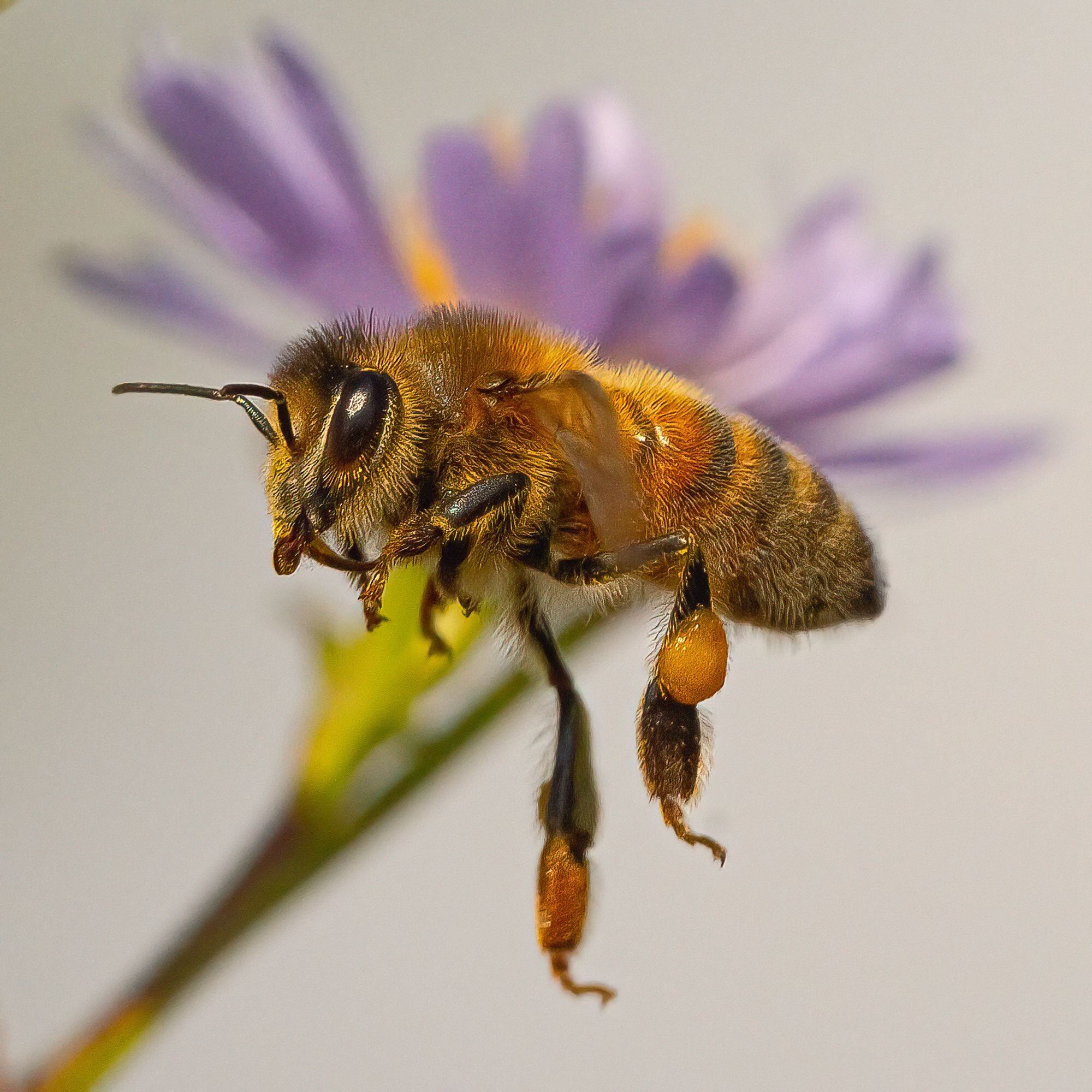News
Researchers are listening in on insects to better gauge environmental health

Current analysis led by the College of Massachusetts Amherst evaluates how effectively machine studying can determine completely different insect species by their sound, from malaria-carrying mosquitoes and grain-hungry weevils to crop-pollinating bees and sap-sucking cicadas.
Listening in on the insect world provides us a strategy to monitor how populations of bugs are shifting, and so can inform us concerning the general well being of the setting. The examine, revealed within the Journal of Utilized Ecology, means that machine and deep studying have gotten the gold requirements for automated bioacoustics modeling, and that ecologists and machine-learning consultants can fruitfully work collectively to develop the expertise’s full potential.
“Bugs rule the world,” says Laura Figueroa, assistant professor of environmental conservation at UMass Amherst and the paper’s senior creator. “Some are illness vectors and pests, whereas others pollinate nutritious crops and cycle vitamins. They’re the inspiration of ecosystems world wide, being meals for animals starting from birds and fishes to bears and people. All over the place we glance, there are bugs, nevertheless it’s tough to get a way of how their populations are altering.”
Certainly, within the age of chemical pesticides, local weather change and different environmental stressors, insect populations are altering drastically. Some species—just like the pollinators which can be yearly answerable for ecosystem companies estimated at effectively over $200 billion worldwide—appear to be crashing, whereas others, like mosquitoes that may carry malaria, dengue and different illnesses, appear to be surging. But it may be tough to get an correct image how insect populations are shifting.
Many conventional strategies of sampling insect populations contain sending entomologists out into the sphere to gather and determine particular person species, and whereas these strategies can yield dependable outcomes, it is also time and useful resource intensive and infrequently deadly to the bugs that get caught. That is the place AI comes into the image.
“After working within the area for over a decade, I can inform the distinction between a bee’s buzz and a fly’s buzz,” says Figueroa. “Since many, however not all, bugs emit sound, we should always give you the option prepare AI fashions to determine them by the distinctive sounds they make.”
In truth, such coaching is already occurring—however which AI strategies are finest?
To reply this query, Figueroa and her colleagues, together with lead creator Anna Kohlberg, who accomplished this analysis whereas working within the Figueroa lab, carried out a scientific literature overview to research research that used completely different sorts of automated bioacoustics fashions to determine bugs. They discovered fashions for 302 completely different species unfold throughout 9 taxonomic orders. They broke the ensuing fashions down into three broad classes: non-machine studying, machine studying and deep studying.
The non-machine studying fashions match insect calls to particular markers that human researchers designate as keys for identification, comparable to a selected frequency band in a katydid’s name. The mannequin then “listens” for these particular, human-designated cues.
Machine studying, then again, has no pre-ordained set of markers that it makes use of and as an alternative depends on a versatile computational framework to search out related patterns within the sounds, then matches these patterns to bioacoustics knowledge that it has been skilled on.
Deep studying, a specialised sort of machine studying, depends on extra superior neural computational frameworks that give the mannequin extra flexibility in successfully figuring out related bioacoustics patterns. Because it seems, the fashions counting on deep studying are probably the most profitable. A number of the finest can classify a whole lot of species with greater than 90% accuracy.
“This does not imply that AI can or ought to change all conventional monitoring approaches,” says Kohlberg, and there are limitations in what they’ll do. A lot of the fashions want big units of knowledge to coach on, and whereas they’re getting higher at working with smaller knowledge units, they continue to be data-intensive instruments. Moreover, not all bugs emit sounds—comparable to aphids. And really noisy contexts, like an city setting, can simply confuse sound-based monitoring efforts.
“Automated bioacoustics is a key instrument in a multifaceted toolkit that we are able to use to successfully monitor these vital organisms everywhere in the world,” says Kohlberg.
Extra info:
From buzzes to bytes: A scientific overview of automated bioacoustics fashions used to detect, classify, and monitor bugs, Journal of Utilized Ecology (2024). DOI: 10.1111/1365-2664.14630. besjournals.onlinelibrary.wile … 1111/1365-2664.14630
Supplied by
College of Massachusetts Amherst
Quotation:
Automated bioacoustics: Researchers are listening in on bugs to raised gauge environmental well being (2024, April 4)
retrieved 4 April 2024
from https://phys.org/information/2024-04-automated-bioacoustics-insects-gauge-environmental.html
This doc is topic to copyright. Aside from any honest dealing for the aim of personal examine or analysis, no
half could also be reproduced with out the written permission. The content material is supplied for info functions solely.
